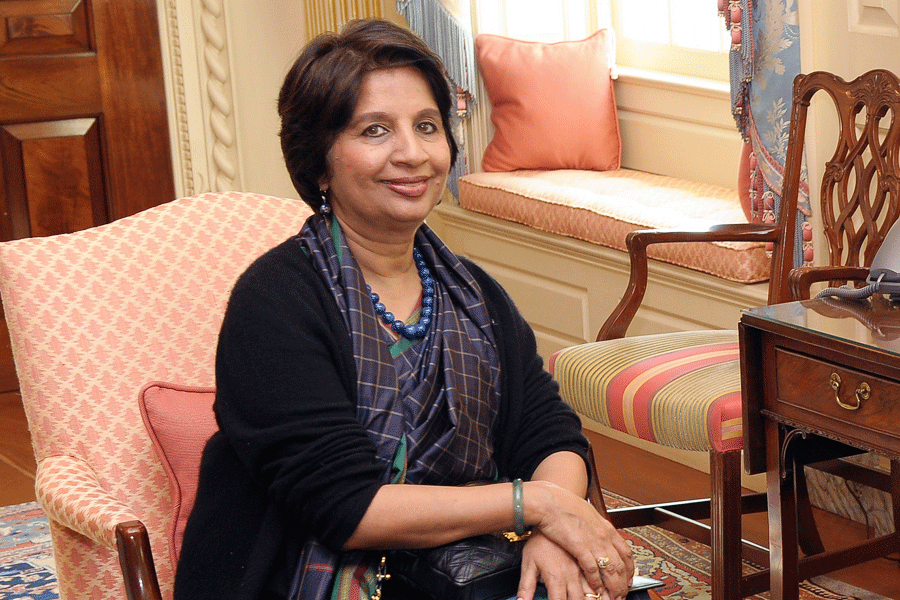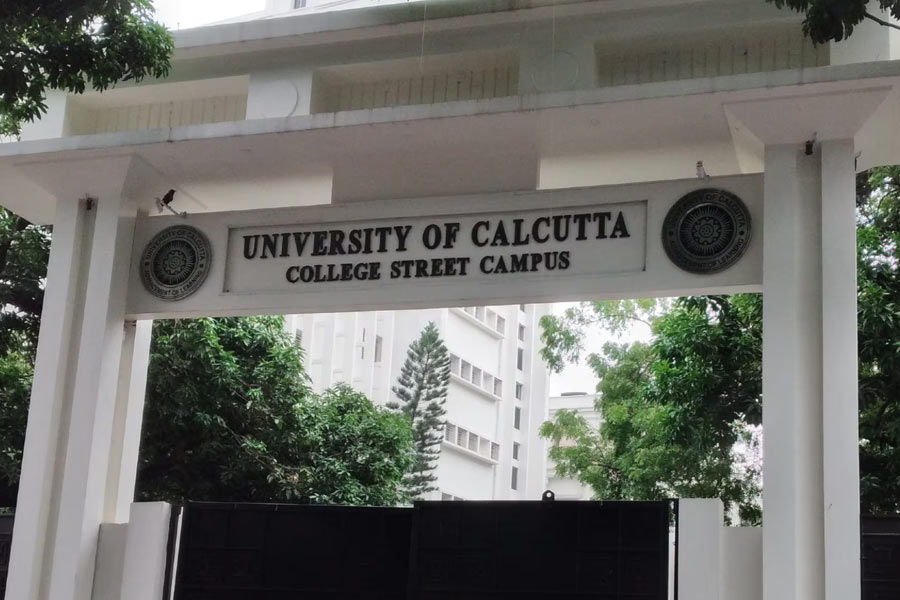 |
| Basukinath temple in Dumka. File picture |
Dumka, Oct. 15: Come Dussehra, and those looking to unite male and female energies throng Basukinath, 25km from district headquarters.
Their destination: the famous Shiva temple for purposes of tantra-sadhana, considered a philosophy by some and an esoteric science by others.
Basukinath assumes special significance for those seeking divine tantric powers of maran, mohan and uchchatan. As Pandit Anup Kumar Vajpayee said: “Dussehra is about paying obeisance to Shakti or Durga and her different forms. But offering puja simultaneously to Shiva and Shakti — or male and female energies — is more effective to acquire spiritual and material powers.”
All the 10 mahavidyas or Durga in different forms of wisdom goddesses according to Hindu mythology — Kali, Tara, Bhuvaneswari, Bhairvi, Chchinnamastika, Dhumawati, Bagulamukhi, Matangi, Tripur Sundari and Kamla — are situated in their respective temples on the premises of the Shiva temple at Basukinath.
“That is why the temple attracts believers of tantra-sadhana as well as ordinary pilgrims,” he said.
One Surendra Jha, alias Fouji Baba, practising tantra-sadhana at Basukinath said that a person who performed the rites would achieve asta-sidhis and nav-nidhis mentioned in mythological references. “But incorrect methodology may have an adverse effect on the practitioner. One can procure divine blessings by performing normal puja as well,” said the Baba.
Though debatable, Basukinath is also believed by many pilgrims to be the original Nagesh temple in the list of the dwadash jyotirlingas — 12 Shiva shrines across India.










